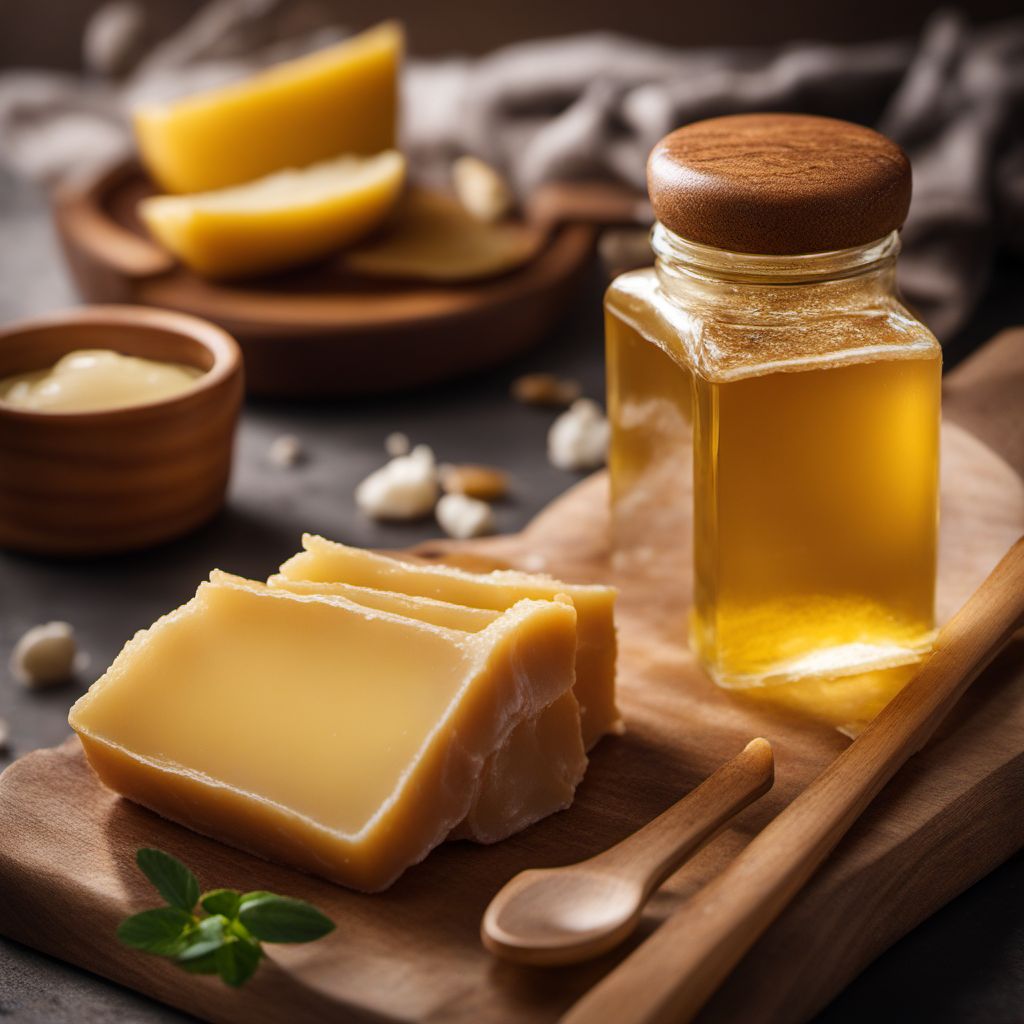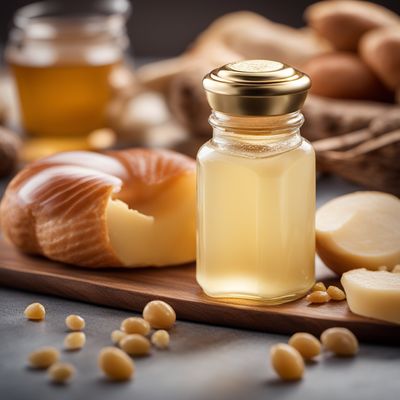
Ingredient
Duck fat, processed
Liquid Gold: The Versatile Delight of Duck Fat
Duck fat, processed, is rendered from the fatty tissues of ducks and has a creamy, golden appearance. It boasts a distinct savory flavor with subtle hints of sweetness, lending a luxurious mouthfeel to dishes. With a high smoke point, it is ideal for frying, roasting, and sautéing, imparting a delectable richness to everything it touches.
Origins and history
Duck fat has a long history in French cuisine, where it has been used for centuries. It was highly valued for its ability to enhance the flavors of dishes and create a crispy exterior when frying. Today, it is cherished by chefs worldwide for its unique taste and culinary benefits. Its origins can be traced back to the traditional methods of preserving and utilizing every part of the duck in French gastronomy.
Nutritional information
Duck fat is a good source of monounsaturated fats and contains essential fatty acids. It is also rich in vitamin E, which acts as an antioxidant. However, it is high in calories, so moderation is key when incorporating it into your diet.
Allergens
May contain traces of soy or other allergens.
How to select
When selecting processed duck fat, look for a reputable brand that uses high-quality ducks and follows proper processing techniques. Opt for jars or containers that are tightly sealed and check for any signs of spoilage or rancidity. The color should be golden and the texture smooth and creamy.
Storage recommendations
To maintain the freshness and quality of processed duck fat, store it in a cool, dark place away from direct sunlight. Refrigeration is recommended to extend its shelf life. Ensure the container is tightly sealed to prevent any odors or flavors from permeating the fat.
How to produce
Producing duck fat at home requires rendering the fat from duck skin or trimmings. Start by cutting the fat into small pieces and melting it over low heat until it liquefies. Strain the liquid fat through a fine-mesh sieve to remove any impurities, then store it in a clean, airtight container.
Preparation tips
Processed duck fat can be used as a flavorful substitute for butter or oil in various recipes. It adds a rich, savory taste to roasted vegetables, crispy potatoes, and sautéed mushrooms. It is also excellent for frying chicken, searing meats, or making flaky pie crusts. Its versatility extends to baking, where it can be incorporated into pastries for added richness and depth of flavor.
Culinary uses
Processed duck fat is commonly used in French cuisine, particularly in dishes like confit, where meat is slow-cooked in its own fat. It is also a staple in classic French fries, providing a crispy exterior and a luscious interior. Additionally, it is utilized in various European and Middle Eastern cuisines to elevate the flavors of roasted meats, vegetables, and pastries.
Availability
Processed duck fat is widely available in gourmet grocery stores, specialty food markets, and online retailers. It is commonly found in regions with a strong culinary tradition, such as France, the United States, and parts of Europe.


